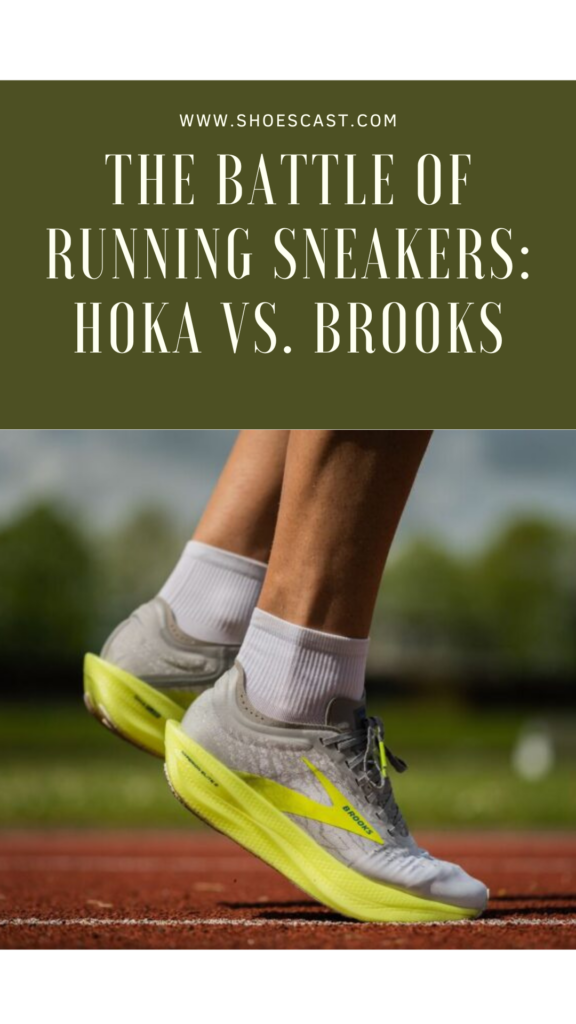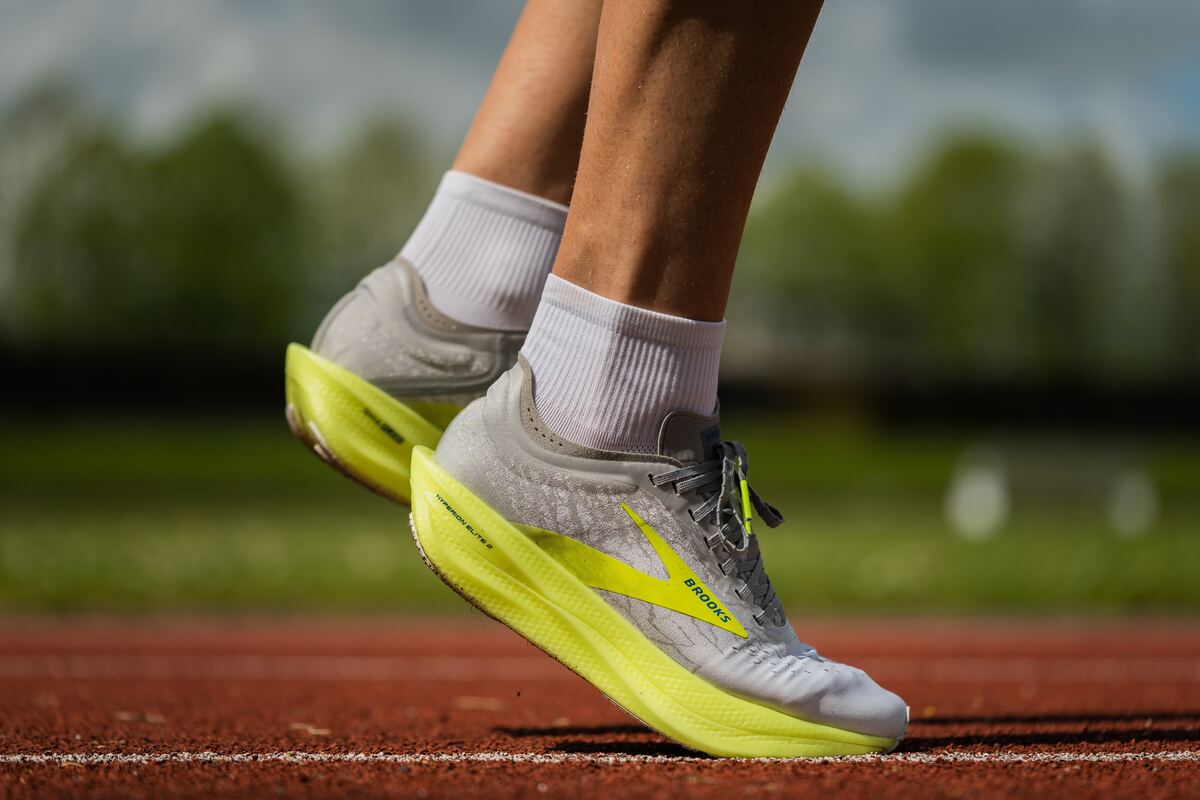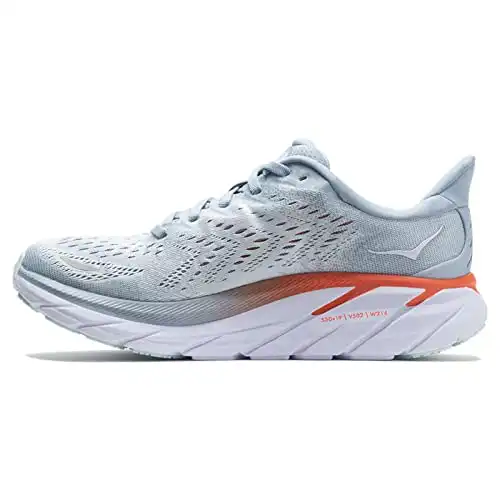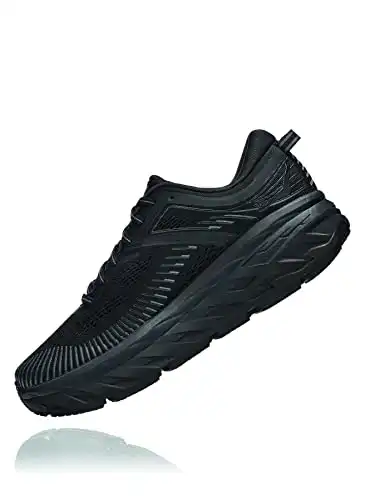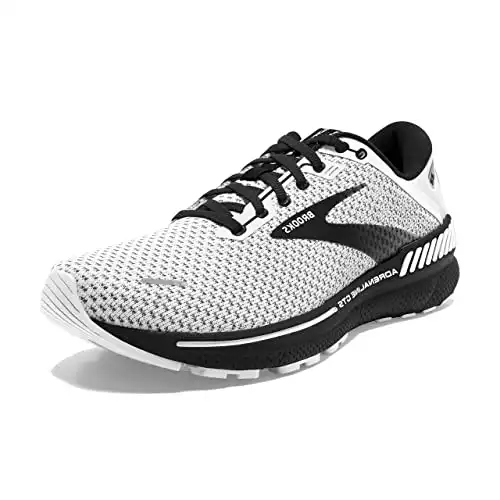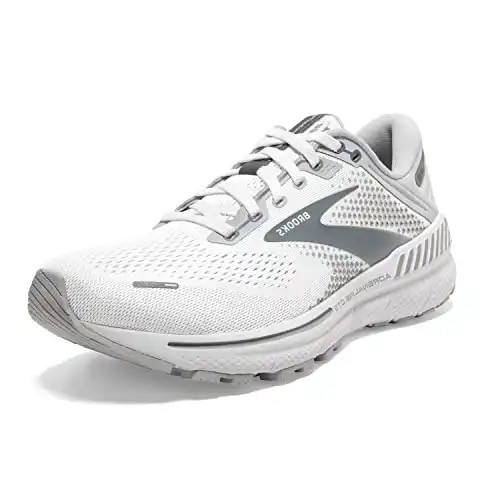“Hoka vs. Brooks,” the battle you never thought you’d spend hours trying to wrap your head around.
With a fashion-forward design and on-trend foam soles, Hoka sneakers didn’t struggle to get on top within the first few years of business. They’ve managed to appeal to trendsetters and passionate runners. Does that mean they’re the right running sneakers for you? Not necessarily.
Brooks sneakers didn’t fall far behind, either. With a years-long tradition, plush comfort, reliable support, and quality materials, they’ve appeased different types of foot arches and running gaits for runners aplenty. Does that mean they’re the right running sneakers for you? Not necessarily.
When you’re shopping for sneakers, there’s a myriad of things that can go wrong on the off chance that you come unprepared and unaware of what’s about to ensue.
Whether you go to a specialty store, search for sneakers online, or walk to the nearest sports gear shop, you’re bound to be overwhelmed with the number of options.
Regardless of the purpose, you need to think about the fit, shape, and feel of the sneaker before committing. Both Hoka and Brooks make high-quality, hard-wearing sneakers. Because of that, we urge you to keep on reading to figure out which of the two would be better for you.
About Hoka
Hoka One One, a company that produces top-of-the-line running sneakers, was founded sometime in 2009 in Annecy, France.
Hoka One One earned worldwide popularity within the first few years of business, but the name of the company still confuses most people to this day.
When founders Jean-Luc Diard and Nicolas Mermoud, both French, decided to name the company Hoka One One, they were drawing inspiration from a phrase from the language of New Zealand’s indigenous Maori that means “to fly over the earth.”
Jean-Luc and Nicolas wanted to design a pair of sneakers that allowed runners to run faster downhill – and the name seemed fitting enough.
Hoka One One became one of the most popular, prominent athleticwear companies thanks to their one-of-a-kind maximalist sneakers with foam outsoles and plenty of padding all around.
About Brooks
Brooks, a sports equipment company, was founded almost a whole century before Hoka One One – the first products were produced and marketed in 1914 in Philadelphia, Pennsylvania.
From the get-go, the company focused on producing high-performance sneakers, clothing, and accessories for both men and women. For a little while, they produced ballet slippers, too.
When the company started garnering attention, the team decided to focus on sports equipment.
With time, Brooks became the epitome of high-quality, hard-wearing running sneakers and decided to focus on growing bigger and better. Better than Adidas, Nike, and other brands that were oversaturating the market at the time.
Brooks was awarded “Best Winter Running Shoe,” “Best Women’s Running Shoe,” and a myriad of similar titles, too, by publications such as Sports Illustrated and Runner’s World. Nowadays, Brooks running sneakers are available around the world.
Hoka vs. Brooks: How do they compare?
Now, both Hoka and Brooks produce comfortable, supportive, and protective running sneakers guaranteed to get you through your workout pain and pressure-free. Whichever brand you decide to go with, chances are you’re going to be one of the many, many satisfied customers.
Hoka sneakers, on the one hand, tend to be favored by runners who want more than high-performance sneakers. Hokas offer them a fashion-forward statement, a sneaker that can be worn on and off the running track.
Brooks sneakers, on the other, have a long-standing history that assures runners they’re on the right track when they’re on the hunt for a high-quality, hard-wearing running sneaker. Both are great options to consider, but there are a few features to keep an eye on before you make up your mind.
1. History

We already know who wins the “Hoka vs. Brooks” battle when we’re talking about history.
Brooks sneakers appeared on the market almost a century before Hoka. However, that doesn’t mean that Brooks sneakers are better. It means that they’ve had enough time to practice and perfect the sneakers we know and adore these days.
Brooks, to refresh your memory, started producing footwear around 1914.
When they decided to focus on producing running sneakers, which was around 1972, they started garnering attention and growing business. Jimmy Carter, the president of the country at the time, sported the Vantage style of sneakers they came out with – and the rest was history.
Hoka might have appeared years and years later, but the brand managed to snatch everyone’s weaves with never-before-seen chunky outsoles and comfortable cushioning.
Hoka was founded around 2009, but the brand took the world by storm within the first few years of business. Founded as Hoka One One, the brand dropped the “One One” when most customers started referring to them as Hoka.
2. Quality and construction
Where do we even start?! When you’re shopping for the right running sneakers that are going to keep your feet happy and healthy, you need to pay attention to the quality and construction of the upper, midsole, and outsole of the sneaker.
We know that sounds a little excessive, but your feet are going to thank you for the extra effort. Hoka sneakers are made with a comfortable mesh upper that allows airflow, compression-molded EVA foam midsoles, and robust EVA foam outsoles – they’re pretty much what dreams are made of.
Although Brooks sneakers might be even better. Brooks sneakers are made with stretchy, but supportive mesh uppers, technologically-advanced midsoles (depending on the style), and rubber outsoles.
Brooks midsoles are the most impressive, innovative feature these sneakers come with, for sure. Between the DNA LOFT, BioMoGo DNA, DNA AMP, and DNA Flash, there are plenty of options to go through.
3. Comfort and cushioning
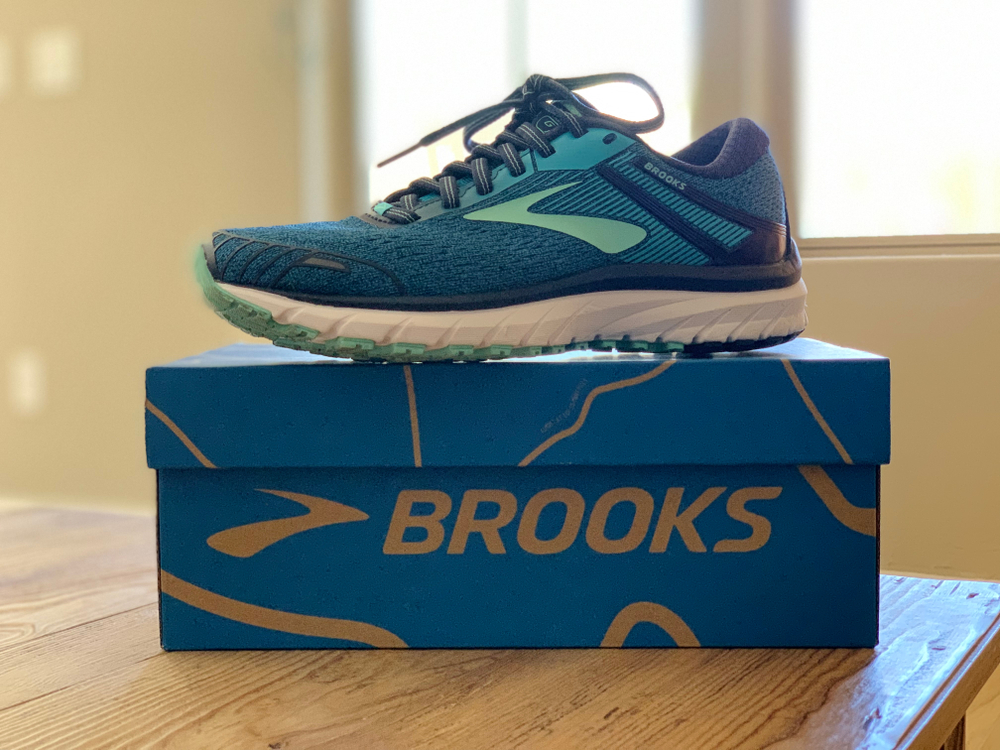
Brooks might have won the “Hoka vs. Brooks” history battle, but Hoka comes on top when we’re talking about cushioning.
Both brands focus on comfort and support with plenty of padding to keep you on your toes throughout the day. But Hoka’s midsoles feature three layers of cushioning that are guaranteed to keep you comfortable. They’re not too firm or too soft, they’re “just right.”
Runners around the world wear Hokas when they’re running marathons and other races that require them to run for extended periods. Hoka sneakers take the comfort cake, that’s for sure.
Now, you can’t go wrong with Brooks sneakers when you’re on the hunt for comfortable footwear. However, when you’re choosing between the two based on comfort and cushioning – go for Hokas.
4. Support and stability
Because they’re comfortable and cushioned, Hoka sneakers are supportive and stable, too. But that doesn’t mean that Brooks sneakers don’t offer the same amount of support and stability, too – if not more.
Brooks sneakers feature something known as the GuideRails technology which provides you with stability based on your natural movements, rather than fixing your natural movement to provide you with stability.
Hoka sneakers use the “bucket seat” design with wide midsole platforms to ensure your weight gets distributed evenly and your feet have plenty of wiggle room.
We’d say that the winner of the support and stability battle depends on the shape of your foot and the fit of the sneaker you decide to go with. Overweight runners, for example, might appreciate the space that is provided with Hoka sneakers.
5. Durability
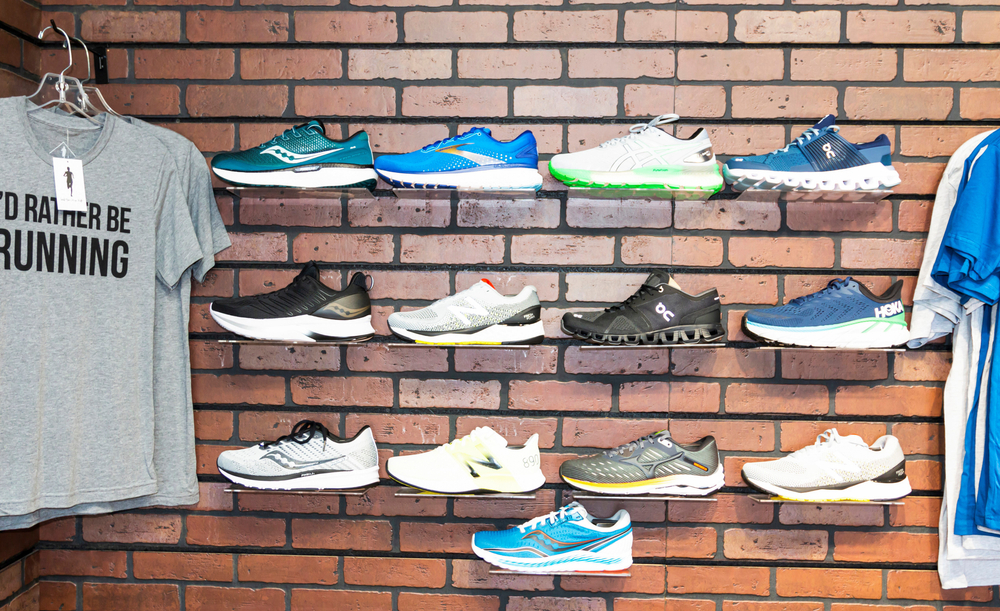
Both brands produce durable sneakers you can wear for years to come. Because they’re made for a specific purpose, they’re guaranteed to last a long time when they’re worn for that purpose. When you wear your running sneakers on rough surfaces, you might notice signs of wear and tear earlier.
Brooks sneakers are supposed to be replaced every 300 to 500 miles and Hoka sneakers every 400 to 600 miles.
We’d argue that Hoka sneakers might be a bit more durable due to the signature maximalist design that makes them much more padded and protected. While that bodes well for Hoka sneakers, we do need to mention that durability depends on a myriad of other factors, too.
6. Affordability
We can’t pronounce the winner of the “Hoka vs. Brooks” battle without brushing over the price you need to pay when you want to get your hands on these sneakers. When you’re searching for the perfect running footwear, you shouldn’t turn a blind eye to the price tag – certain prices aren’t warranted.
Hoka’s prices range between $80 and $260, with the average sneaker priced at around $140. Brooks’ prices are between $65 and $250, with the average sneaker priced at around $140, too. In this case, you might as well go for the one your heart desires, right?
Hoka vs. Brooks: Which ones are the right running sneakers for you?
At the end of the day, these two brands are much more similar than we expected – they’re both great brands with high-quality footwear and a loyal following. They provide great value for the price. They’re comfortable, supportive, and protective.
Hoka sneakers might be better for someone searching for shock absorption, comfort, and cushioning. Brooks sneakers might be better for someone looking for stability, breathability, and lighter weight. Either way, you can’t go wrong with either of the two brands.
